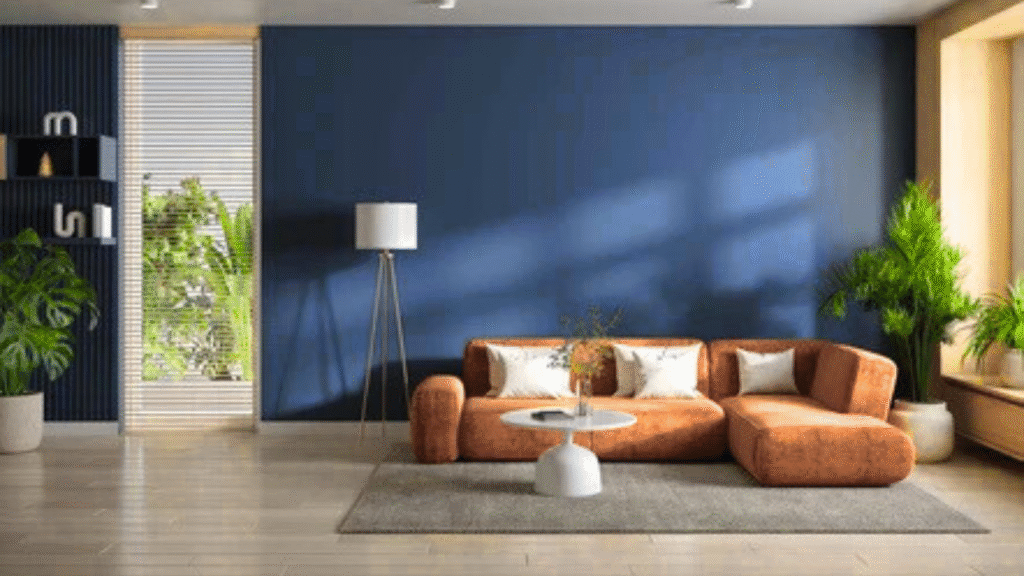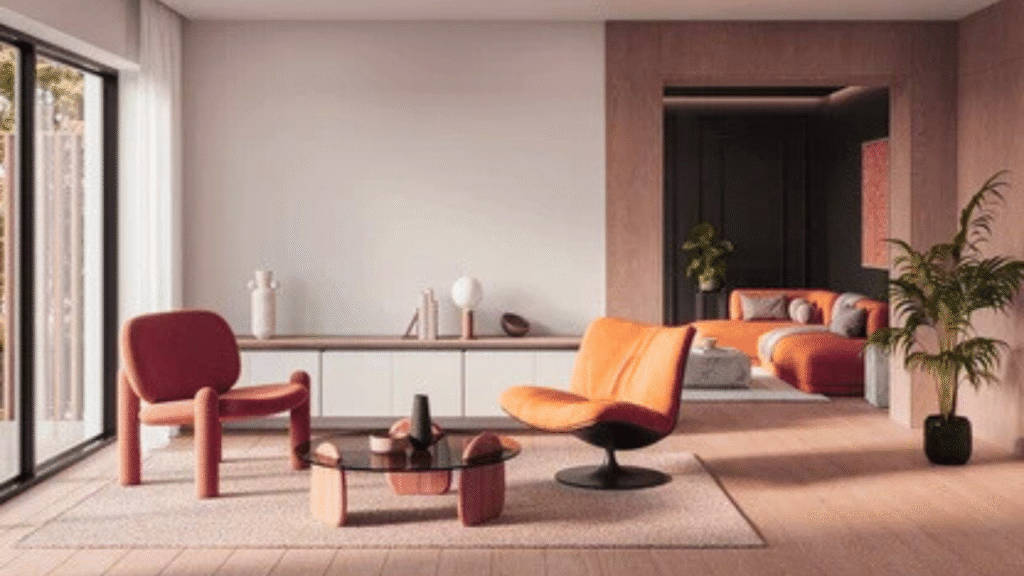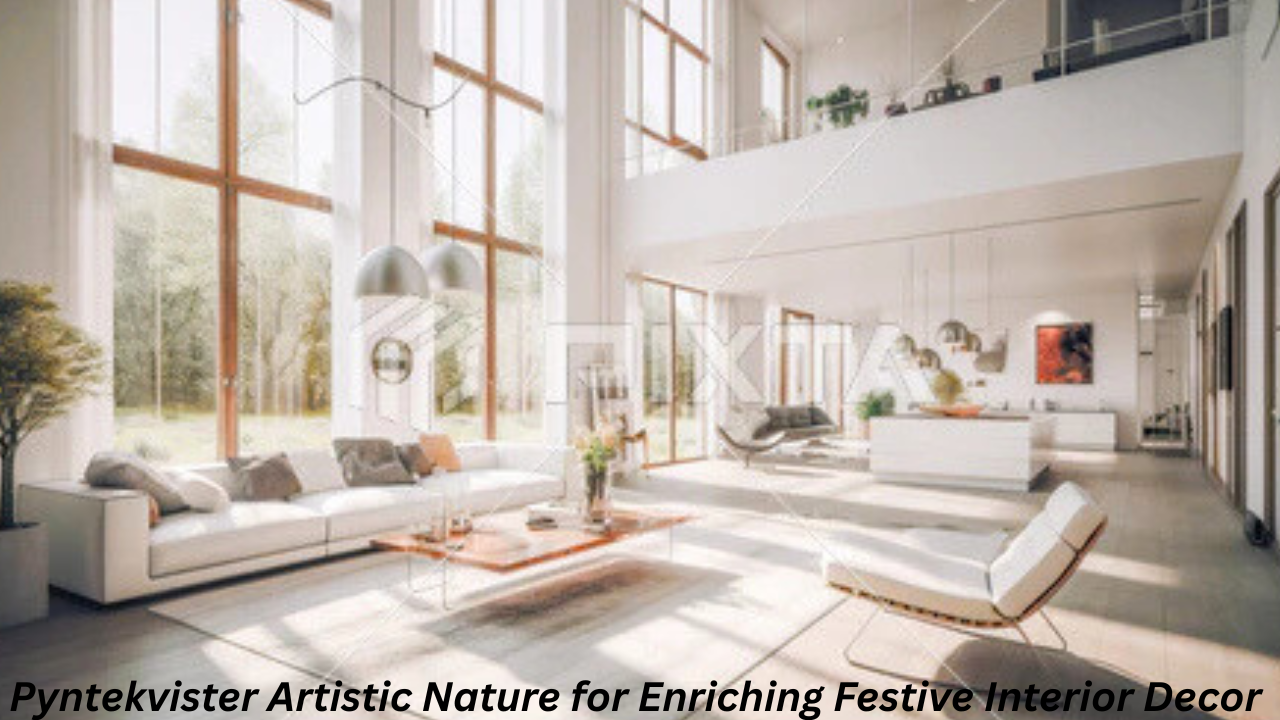Pyntekvister have steadily gained attention as a simple yet elegant choice in natural home decor. Did you know that over 60% of people looking for festive decorations this year prefer organic textures like decorative twigs and ornamental branches? This article shows how it can bring artistic home accents that are not only beautiful but also easy to use and affordable.
Could adding Pyntekvister to your home help create cosy corners with handmade art? When arranged well, these decorative pieces offer a blend of rustic charm and modern interior style, connecting traditions and contemporary looks. Many ask, “What makes Pyntekvister so special?” Read on to see their charm unfold in different settings.
Making it projects is also an accessible craft for those who seek relaxation through craft. Whether adding a touch of Scandinavian design or seasonal ornaments, this simple weaving method or knotting technique can brighten your space. This blog covers everything you need to bring this artistic expression into your home.
Table of Contents
Pyntekvister and Their Growing Role in Natural Home Decor
Pyntekvister refers to decorative twigs and branches used specifically for home decoration and artistic arrangements. The term combines natural materials with intentional design choices that enhance interior spaces.
These ornamental branches come from various trees and shrubs, each offering unique shapes, textures, and seasonal characteristics. Birch twigs provide delicate, silvery bark perfect for minimalist settings. Willow branches offer flexibility for curved arrangements.
Oak branches bring sturdy, dramatic silhouettes ideal for statement pieces. Cherry tree twigs add subtle colour variations throughout different seasons. Each type serves specific decorative purposes based on your style preferences and room requirements.
Natural home decor enthusiasts appreciate how these materials connect indoor spaces with outdoor environments. Unlike artificial decorations, real branches change naturally over time, creating dynamic displays that never look the same.
The growing popularity stems from increased awareness about sustainable living practices. People want eco-friendly decor options that don’t harm the environment while still creating beautiful spaces.
Tracing the Roots of Pyntekvister & Modern Interiors
Scandinavian countries pioneered decorative branch usage centuries ago, incorporating natural elements into daily life during long winter months. Traditional homes featured simple arrangements that brought outdoor beauty inside. Today, its carry that tradition forward with a modern touch. Their rise in 2025 links to a global move toward Eco-friendly decor and a preference for handmade art over plastic-based decorations.
Scandinavian design principles emphasise functionality, simplicity, and connection with nature. These values perfectly align with its usage, making branches integral parts of Nordic interior philosophy. An interesting fact: a 2024 Scandinavian design report showed a 45% increase in Pyntekvister use in interiors compared to five years ago. This shift reflects growing concern for sustainability and a desire to connect more deeply with nature through décor.
Modern interior designers have expanded traditional concepts, creating contemporary applications that work in various home styles. Urban apartments now feature carefully curated branch collections alongside sleek furniture and technological elements. Seasonal ornaments made from such materials last longer and reduce waste.
Statistical data from interior design surveys show remarkable growth:
| Year | Homes Using Natural Décor | Average Spending on Natural Elements |
| 2020 | 42% | $127 |
| 2021 | 52% | $148 |
| 2022 | 62% | $184 |
| 2023 | 71% | $212 |
| 2024 | 78% | $241 |
| 2025 | 83% | $289 |
This upward trend reflects changing consumer preferences toward sustainable, meaningful decoration choices rather than mass-produced items.
Different Types of Pyntekvister to Match Any Style
Decorative pieces made from branches vary significantly based on species, preparation methods, and intended usage. Understanding different types helps you select appropriate options for specific spaces and occasions.
Fresh Branch Options
Fresh branches offer vibrant colours and natural flexibility for immediate arrangements. Spring branches from fruit trees provide delicate blossoms and bright green leaves. Summer options include fuller foliage with rich textures.
Autumn branches showcase brilliant colour changes from green to yellow, orange, and red. Winter selections focus on bare branch structures that highlight interesting shapes and bark patterns.
Fresh branches typically last 2-4 weeks indoors with proper care, making them perfect for seasonal ornaments and special occasions.
Dried and Preserved Varieties
Preserved branches maintain their appearance for months or years with minimal maintenance. Professional preservation techniques involve glycerin treatments that keep branches flexible while preventing decay.
Home decor enthusiasts often prefer dried options because they require less upkeep than fresh alternatives. These branches work excellently for permanent installations and long-term decorative schemes.
Painted and treated branches offer additional customisation possibilities. Metallic finishes create glamorous looks for formal spaces. Natural stains enhance existing wood tones without overwhelming original characteristics.
For example, one home used painted Pyntekvister alongside fabric strips in vases, creating a blend of textile arts and natural wood. The result was an innovative holiday décor that felt both fresh and traditional.
Simple Home Styling with Pyntekvister

Organic textures from decorative twigs enhance any room when placed thoughtfully and purposefully. Start with simple arrangements that complement existing furniture and colour schemes.
Living Room Integration
Large floor vases work perfectly for dramatic branch displays near seating areas. Choose branches 3-4 feet tall for proper scale in standard rooms. Angle them naturally rather than creating rigid, artificial-looking arrangements.
Coffee table arrangements benefit from shorter branches (18-24 inches) combined with candles, books, or other decorative objects. Layer different heights and textures for visual interest.
Modern interior style rooms pair beautifully with minimalist branch arrangements. Select 3-5 branches with clean lines and place them in sleek, neutral containers.
Seasonal Display Ideas
Holiday decorating becomes more authentic when incorporating natural elements alongside traditional ornaments. Christmas arrangements can include evergreen branches, pinecones, and subtle lighting.
Spring displays work wonderfully with flowering branches like forsythia, cherry, or apple blossoms. Place them in bright, cheerful containers that reflect the season’s energy.
Festive decorations gain extra charm when natural and artificial elements work together harmoniously.
Simple DIY Pyntekvister Projects to Try at Home
Crafting technique projects using decorative branches range from beginner-friendly to advanced levels. These activities provide mindfulness benefits while creating beautiful home accessories.
Basic Wall Hanging Project
This accessible craft requires minimal materials: 5-7 branches of varying lengths, twine or wire, and optional decorative elements like ribbons or small ornaments.
Arrange branches in descending height order. Secure them together at the top using strong twine. Create hanging loops and add personal touches like dried flowers or small lights.
The finished piece works beautifully above beds, in hallways, or as artistic home accents in living spaces.
Advanced Weaving Techniques
Weaving methods using flexible branches create intricate baskets, decorative screens, or sculptural art pieces. Willow branches work best for these projects due to their flexibility and strength.
Textile arts principles apply when creating woven branch structures. Start with a simple base framework, then weave additional branches through the structure using over-under patterns.
These projects require patience and practice but result in unique handmade art pieces that showcase your creativity and skill.
Creative Container Ideas
Transform ordinary branches into functional items like magazine holders, decorative bowls, or plant supports. Knotting techniques secure multiple branches together without glue or hardware.
Fabric strips can enhance branch projects by adding colour, texture, or functional elements like handles or decorative accents. For example, one beginner made a holiday wreath by binding decorative twigs with burlap fabric strips. The project took just two hours and created a natural home décor piece that impressed guests for weeks to come.
According to craft industry statistics, 89% of people report feeling more relaxed after completing natural material projects. This relaxation through craft benefits makes branch crafting particularly appealing during stressful periods. As the artist Greta Magnus once said, “Nature’s touches in a home remind us what truly matters: simplicity, beauty, and care.”
Blending Pyntekvister into Scandinavian & Modern Interiors

Scandinavian design principles emphasise simplicity, functionality, and natural materials. Pyntekvister perfectly embodies these values by bringing authentic natural elements into refined interior spaces.
Traditional Nordic dream homes feature neutral colour palettes that allow natural textures to shine. White walls, light wood floors, and minimal furniture create perfect backdrops for dramatic branch arrangements.
Modern interior style applications expand beyond traditional Scandinavian approaches. Contemporary designers use branches as sculptural elements that add organic contrast to sleek, technological environments.
Styling Tips for Different Room Types
Bedrooms benefit from calming branch arrangements that promote restful sleep. Choose smoother branches without sharp edges or overwhelming visual complexity. Place them away from high-traffic areas to prevent accidents.
Kitchen spaces work well with herb-scented branches like rosemary or eucalyptus. These provide pleasant aromas while adding natural visual interest to functional spaces.
Bathroom installations should use moisture-resistant branches or preserved options that won’t deteriorate in humid conditions.
Colour Coordination Strategies
Neutral branch selections complement any existing colour scheme without competing for visual attention. Browns, greys, and natural wood tones work universally well.
Painted or stained branches offer opportunities for custom colour matching. Light stains enhance natural wood grain while darker options create dramatic contrast against pale walls.
Artistic expression through colour choices allows personal style preferences to shine through natural material selections.
Eco-Friendly Pyntekvister as a Festive Decor Favourite
Eco-friendly decor options reduce environmental impact while creating beautiful living spaces. Natural branches offer sustainable alternatives to plastic decorations and artificial plants.
Responsible harvesting practices ensure branch collection doesn’t harm trees or local ecosystems. Take only what you need from healthy trees during appropriate seasons. Many communities offer branch collection programs after storm cleanup.
Environmental Benefits
| Feature | Pyntekvister | Artificial Decor |
| Material Origin | Natural twigs, branches | Plastic, synthetic |
| Waste Impact | Biodegradable | Non-biodegradable |
| Durability | Last season’s if stored | Can last years but toxic |
| Craftsmanship | Handmade art possible | Manufactured |
This shows why many people prefer Pyntekvister for festive decorations and natural home décor.
Natural decorating materials biodegrade fully, returning nutrients to soil instead of creating lasting waste like plastic. Studies show locally-sourced natural branches produce 78% fewer emissions than imported artificial decorations. Their creative versatility allows them to be used for holidays, everyday décor, and finally composted.
Cost-Effective Solutions
Budget-conscious decorators appreciate how branches provide expensive looks at minimal costs. Professional floral arrangements often cost $50-150, while equivalent branch displays cost under $20.
DIY home decor projects using branches stretch decorating budgets further while providing custom results that perfectly match personal preferences and space requirements.
Annual decoration costs decrease significantly when natural materials replace disposable alternatives. Investment in quality containers and basic tools pays for itself within one year.
Health and Wellness Benefits
Natural materials improve indoor air quality by releasing beneficial compounds and absorbing environmental toxins. Some branches, such as eucalyptus, offer aromatherapy benefits that promote relaxation and mental clarity.
“Bringing natural elements indoors reduces stress levels by 23% and improves overall mental wellbeing,” reports the International Journal of Environmental Psychology.
Relaxation through craft activities provides additional therapeutic benefits beyond the finished decoration results.
You Might Also Like: Strong Pappedeckel Innovation for Positive Eco-Lifestyle
Artistic Touches to Your Home with Pyntekvister
Artistic home accents made from decorative branches allow personal style to shine while celebrating natural beauty. Seasonal rotation keeps displays fresh, with spring focusing on renewal, summer on lush textures, autumn on rich colours, and winter on cosy shapes. Enthusiasts start with simple projects, gradually improving skills and expanding collections.
Maintenance depends on branch type; fresh twigs need watering and trimming, while preserved ones require dusting. Proper storage in clean, dry spaces prevents damage. Documenting arrangements with photos helps track ideas and share inspiration online.
Investing in sharp pruning tools and sturdy containers boosts project success and enjoyment. Community groups offer support, sharing materials and knowledge about local branches and timing. This practice goes beyond decoration; it connects people to nature’s rhythms, promotes eco-friendly living, and encourages creative self-expression using easy, natural materials and methods.
FAQs
1: How long do fresh pyntekvister last indoors?
Fresh branches typically maintain their appearance for 2-4 weeks with proper care, including regular water changes and trimming.
2: What’s the best way to preserve branches for long-term use?
Glycerin treatment preserves branches while maintaining flexibility. Soak cut ends in glycerin solution for 3-5 days.
3: Can I use any type of branch for decorating?
Most branches work for decorating, but avoid poisonous species like oleander. Research plant safety before bringing branches indoors.
4: How do I prevent insects from coming indoors with branches?
Inspect branches carefully before bringing them inside. Shake vigorously and consider brief outdoor quarantine periods.
5: What containers work best for branch arrangements?
Heavy, stable containers prevent tipping. Choose heights that complement branch proportions – typically 1/3 container, 2/3 branches.

